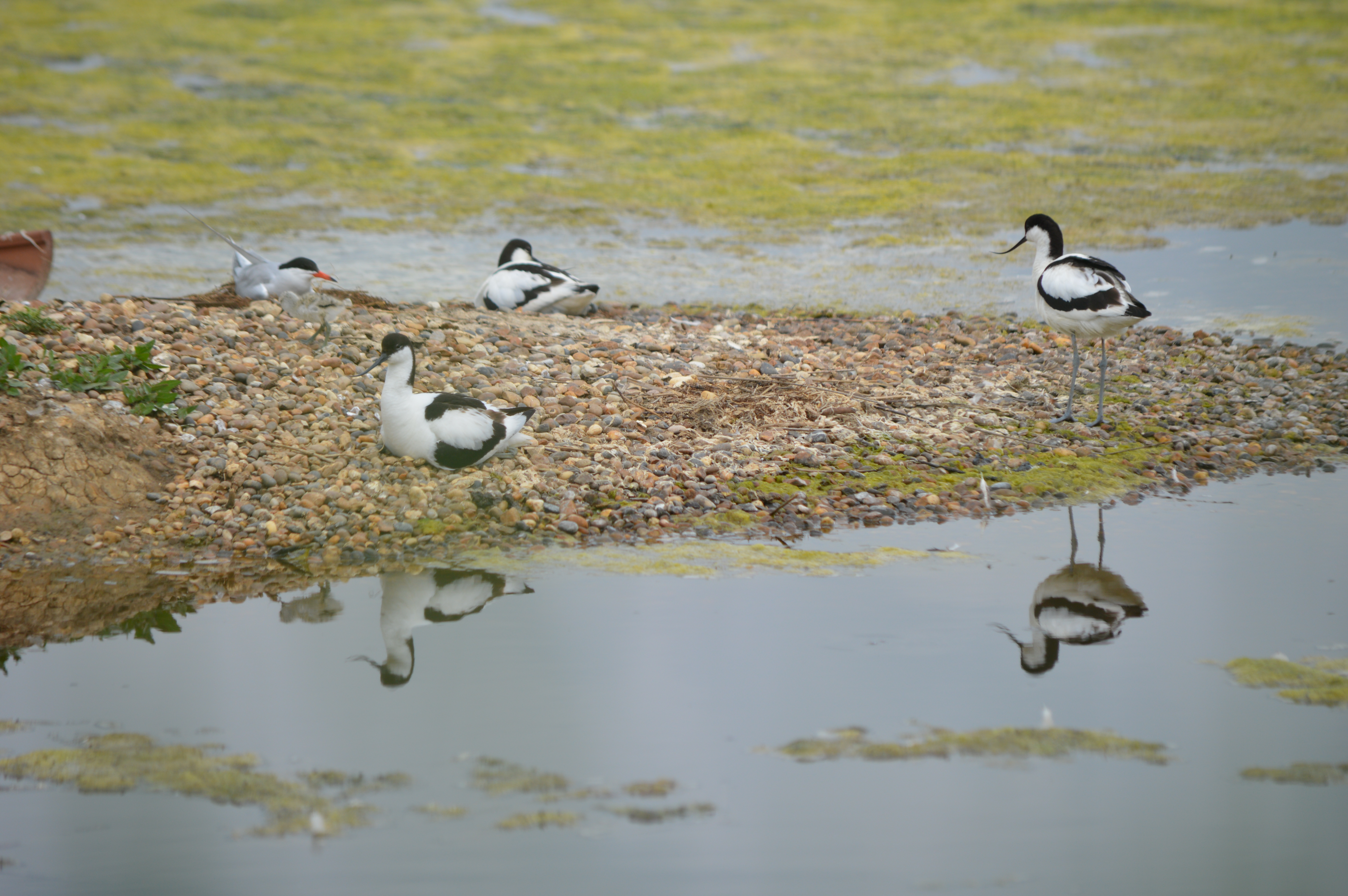|
Grove House Wood
Grove House Wood is a 2.2 hectare Local Nature Reserve in Stanford-le-Hope in Essex. According to Natural England, it is owned by Thurrock Council and managed by Essex Wildlife Trust The Essex Wildlife Trust (EWT) is one of 46 wildlife trusts which cover the United Kingdom. The EWT was founded in 1959, and it describes itself as Essex's leading conservation charity, which aims to protect wildlife for the future and the people ... but it is not listed on the web site of either body. The site has woodland with dead elms which provide nesting sites for woodpeckers. Other habitats are a pond, a brook and reedbeds. There is access from Fairview Avenue. References {{coord, 51.5106, 0.42763 , type:landmark_region:GB-BNE, display=title Local Nature Reserves in Essex ... [...More Info...] [...Related Items...] OR: [Wikipedia] [Google] [Baidu] |
Stanford-le-Hope
Stanford-le-Hope is a town, former civil parish and Church of England parish situated in the county of Essex, England. Often known locally simply as Stanford, the town is within the unitary authority of Thurrock and located 23.8 miles (38.4 km) east of Charing Cross in London. In 1931 the parish had a population of 4311. Early modernist author Joseph Conrad lived in Stanford-le-Hope from 1896 to 1898. More recent notable figures would include author Emma Robinson and comedian Phill Jupitus. Geography Stanford-le-Hope is bordered to the north by the A13 road and to the south by the Thames Estuary. It is located 12.7 miles (20.5 km) west of Southend-on-Sea. The town centre has a village feel with its 800-year-old church, St Margarets making a prominent and attractive landmark around which shops, pubs and restaurants have grown to create a lively core to the town. As Stanford-le-Hope grows in size, it has started to incorporate neighbouring settlements such as Corringha ... [...More Info...] [...Related Items...] OR: [Wikipedia] [Google] [Baidu] |
Essex
Essex () is a county in the East of England. One of the home counties, it borders Suffolk and Cambridgeshire to the north, the North Sea to the east, Hertfordshire to the west, Kent across the estuary of the River Thames to the south, and Greater London to the south and south-west. There are three cities in Essex: Southend, Colchester and Chelmsford, in order of population. For the purposes of government statistics, Essex is placed in the East of England region. There are four definitions of the extent of Essex, the widest being the ancient county. Next, the largest is the former postal county, followed by the ceremonial county, with the smallest being the administrative county—the area administered by the County Council, which excludes the two unitary authorities of Thurrock and Southend-on-Sea. The ceremonial county occupies the eastern part of what was, during the Early Middle Ages, the Anglo-Saxon Kingdom of Essex. As well as rural areas and urban areas, it forms ... [...More Info...] [...Related Items...] OR: [Wikipedia] [Google] [Baidu] |
Natural England
Natural England is a non-departmental public body in the United Kingdom sponsored by the Department for Environment, Food and Rural Affairs. It is responsible for ensuring that England's natural environment, including its land, flora and fauna, freshwater and marine environments, geology and soils, are protected and improved. It also has a responsibility to help people enjoy, understand and access the natural environment. Natural England focuses its activities and resources on four strategic outcomes: * a healthy natural environment * enjoyment of the natural environment * sustainable use of the natural environment * a secure environmental future Roles and responsibilities As a non-departmental public body (NDPB), Natural England is independent of government. However, the Secretary of State for Environment, Food & Rural Affairs has the legal power to issue guidance to Natural England on various matters, a constraint that was not placed on its predecessor NDPBs. Its powers inc ... [...More Info...] [...Related Items...] OR: [Wikipedia] [Google] [Baidu] |
Thurrock Council
Thurrock Borough Council, usually known as simply Thurrock Council, is the local authority for the borough of Thurrock in Essex, England. Since 1997, Thurrock has been a unitary authority, combining the functions of a non-metropolitan county with that of a non-metropolitan district. The other such authority in Essex is Southend-on-Sea. It is a member of the East of England Local Government Association. History Poor law union and urban district In 1835, as a result of the Poor Law Amendment Act 1834, the parishes that make up the modern borough of Thurrock were united under the Orsett Union, a poor law union. The union was established on 31 October 1935. It was governed by a board of guardians made up of 21 elected representatives, each representing a parish. Most parishes elected one representative, though Grays Thurrock elected two and Orsett elected three. The 18 parishes in the union included Aveley, Bulphan, Chadwell St Mary, Corringham, Fobbing, Hordon-on-the-Hill, Lan ... [...More Info...] [...Related Items...] OR: [Wikipedia] [Google] [Baidu] |
Essex Wildlife Trust
The Essex Wildlife Trust (EWT) is one of 46 wildlife trusts which cover the United Kingdom. The EWT was founded in 1959, and it describes itself as Essex's leading conservation charity, which aims to protect wildlife for the future and the people of the county. As of January 2017, it has over 34,000 members and runs 87 nature reserves, 2 nature parks and 11 visitor centres. Essex has one of the longest coastlines of any English county, with saltmarshes, lagoons, mudflats, grazing marshes, reedbeds and shingle. Its ancient forests were formerly important to the local economy, with wood being used for fuel, construction and bark in the tanning industry. Coppicing is being re-introduced by the EWT to encourage woodland grasses, flowers, invertebrates and birds. A few grasslands on the heavy clays of south- and mid-Essex are still grazed according to traditional methods, supporting a mixture of pasture and fen. Some brownfield sites, often on contaminated soil, have populations of na ... [...More Info...] [...Related Items...] OR: [Wikipedia] [Google] [Baidu] |

